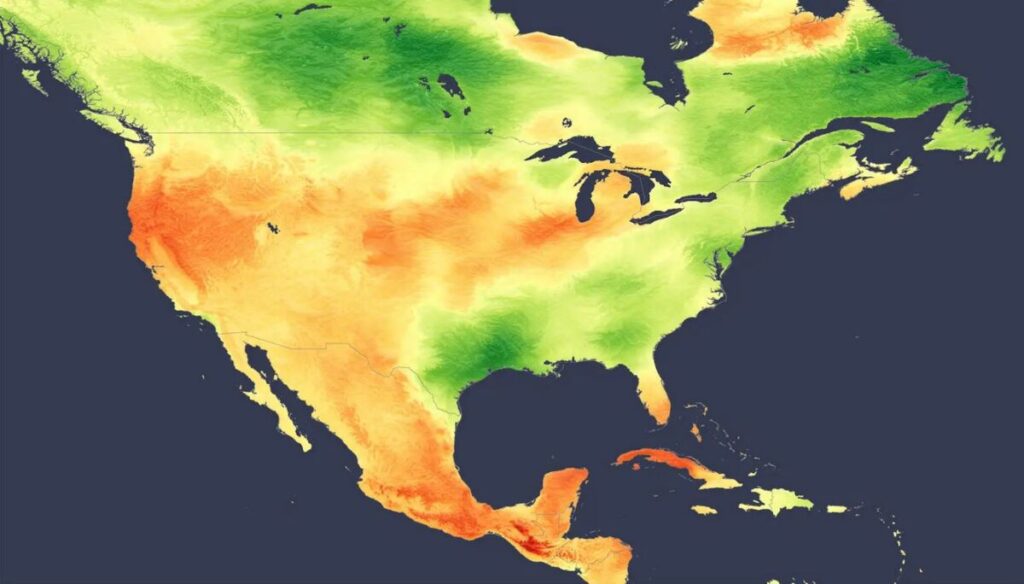In a new weekly update for pv magazineSolcast, a DNV company, reports that a strong polar jet stream and a record-breaking heat dome in May resulted in a stark contrast in radiation patterns across North America. The western and central US, along with Mexico, experienced higher than normal insolation, while the Gulf and East Coast regions experienced lower insolation.
A strong polar jet stream and a record-breaking heat dome in May resulted in a stark contrast in radiation patterns across North America. The western and central United States, along with Mexico, experienced higher-than-normal insolation, while the Gulf and East Coast regions saw lower insolation, according to analysis using the Solcast API.
The persistent heat dome over the Gulf of Mexico has led to hot conditions across Mexico, with radiation levels reaching nearly 130% of climatological averages. Most of Mexico and many Central American states are experiencing a record-breaking heat wave, which is being exacerbated by
clear skies thanks to a weak subtropical jet stream. This situation exacerbates existing conditions resulting from the dry winter Mexico has experienced. The heat dome is expected to continue into June, shifting its influence toward the southern US.
In the southeastern US, wind and stormy weather have caused insolation levels to be nearly 20% below average. The East Coast has also seen a decrease in insolation of about 10% compared to long-term averages in May. Southerly winds from the tropics brought warm and moist air
northward, contributing to the unusually warm conditions and lower-than-normal insolation in Gulf states like Texas, Mississippi, Georgia and Alabama. This is a preview of the expected stronger-than-normal hurricane season, which will not bode well for solar energy production due to the risk of damage, increased cloud cover and temperature-related losses. The moist, hot air has also led to severe storms, like the ones that hit Texas earlier this week and neighboring states this weekend. These storms put strain on the electrical grid, causing numerous outages and leaving many without power in the above-average temperatures.

In contrast, the strong polar jet stream has created favorable conditions for asset and network managers in the western US. The jet stream over the northern Pacific Ocean caused unusually cool temperatures in the Northwest, creating higher-than-normal cold temperatures
irradiation. Solar radiation in this region is almost 20% higher than the long-term average. This cool weather, combined with long daylight hours, has provided optimal conditions for solar energy generation ahead of the expected hot and dry summer.
Solcast produces these figures by tracking clouds and aerosols worldwide at a resolution of 1-2 km, using proprietary satellite data AI/ML algorithms. This data is used to drive irradiance models, allowing Solcast to calculate high-resolution irradiance, with a typical deviation of less than 2%, as well as cloud tracking predictions. This data is used by more than 300 companies that manage more than 150 GW of solar energy worldwide.
The views and opinions expressed in this article are those of the author and do not necessarily reflect those of the author pv magazine.
This content is copyrighted and may not be reused. If you would like to collaborate with us and reuse some of our content, please contact: editors@pv-magazine.com.

